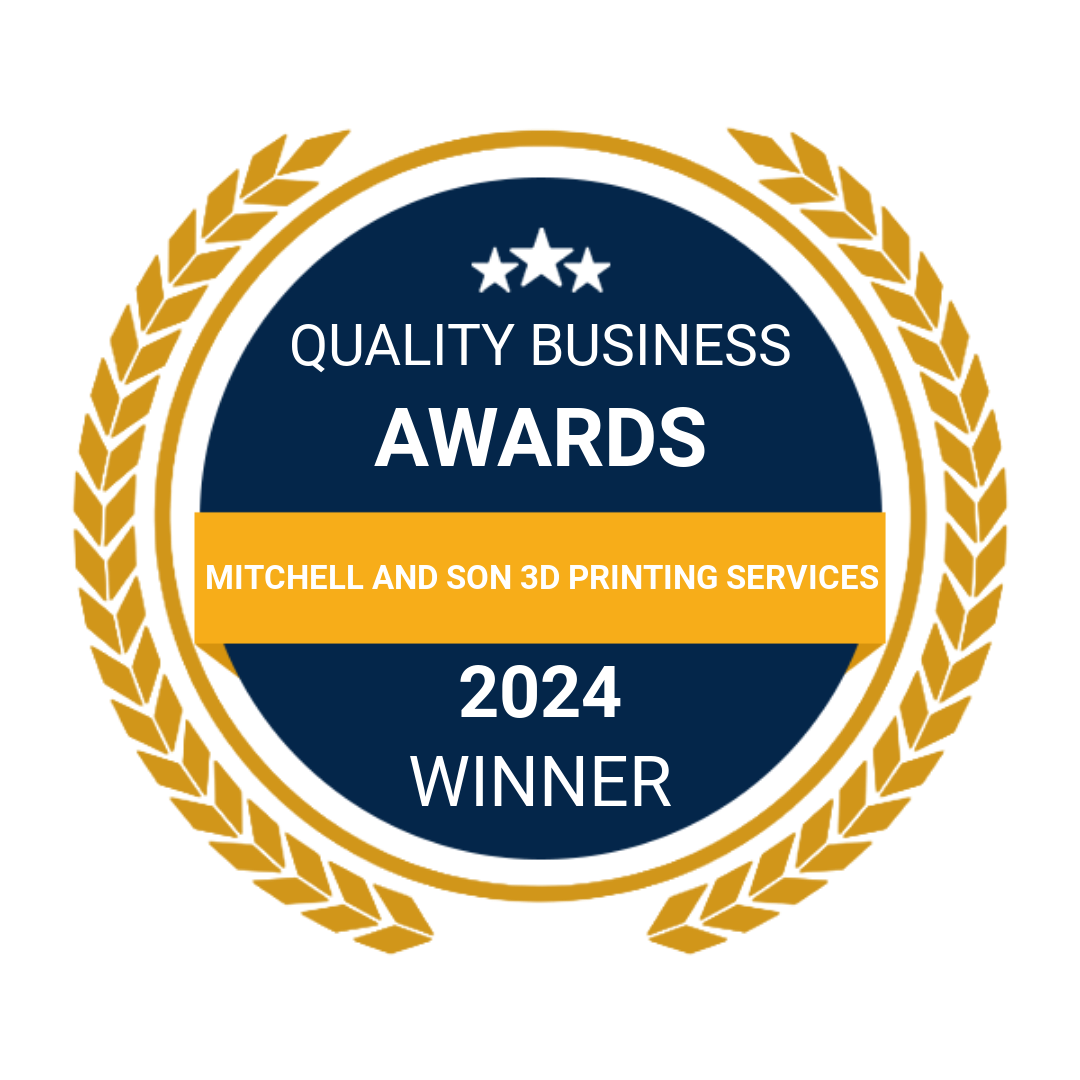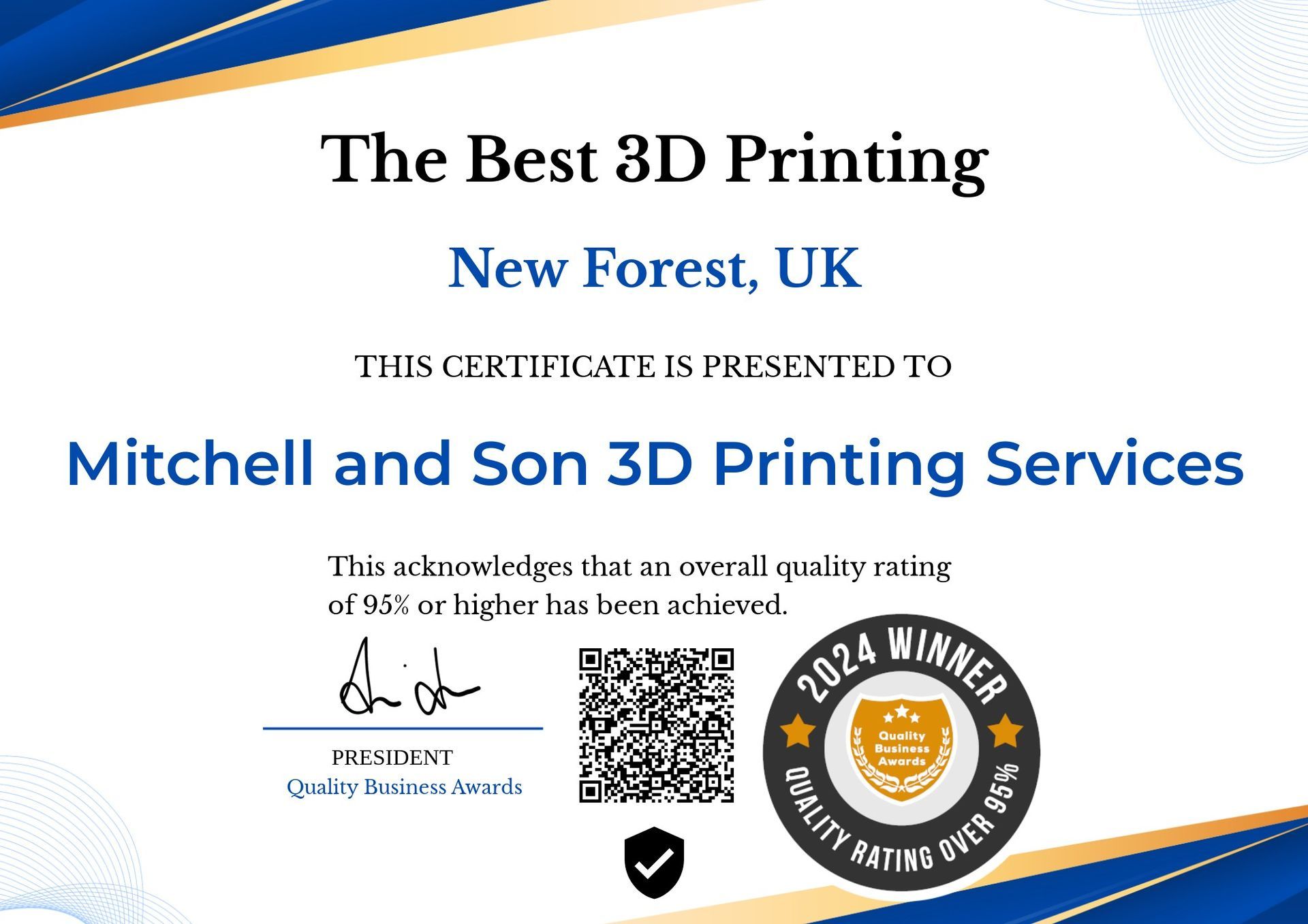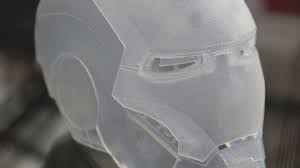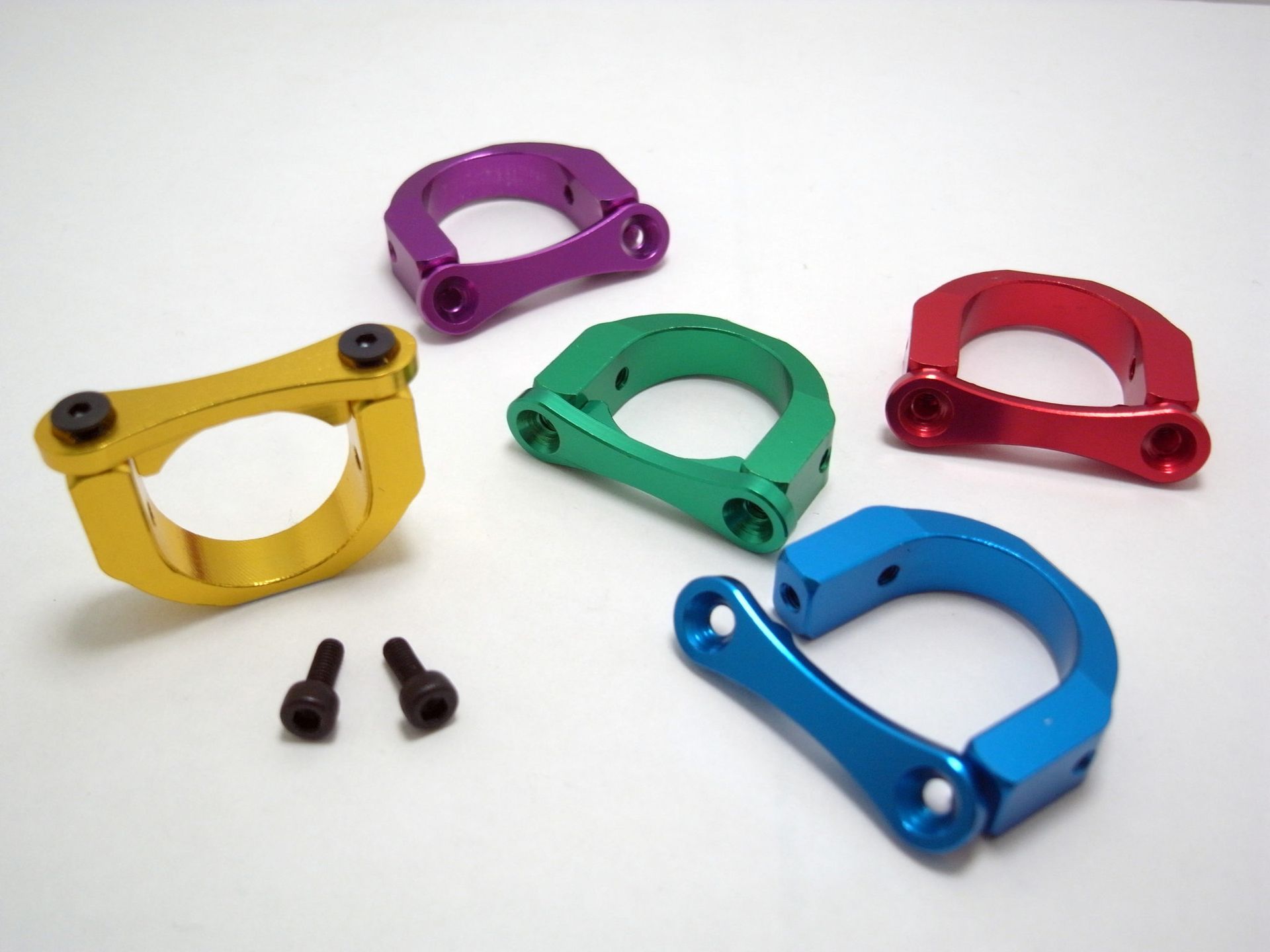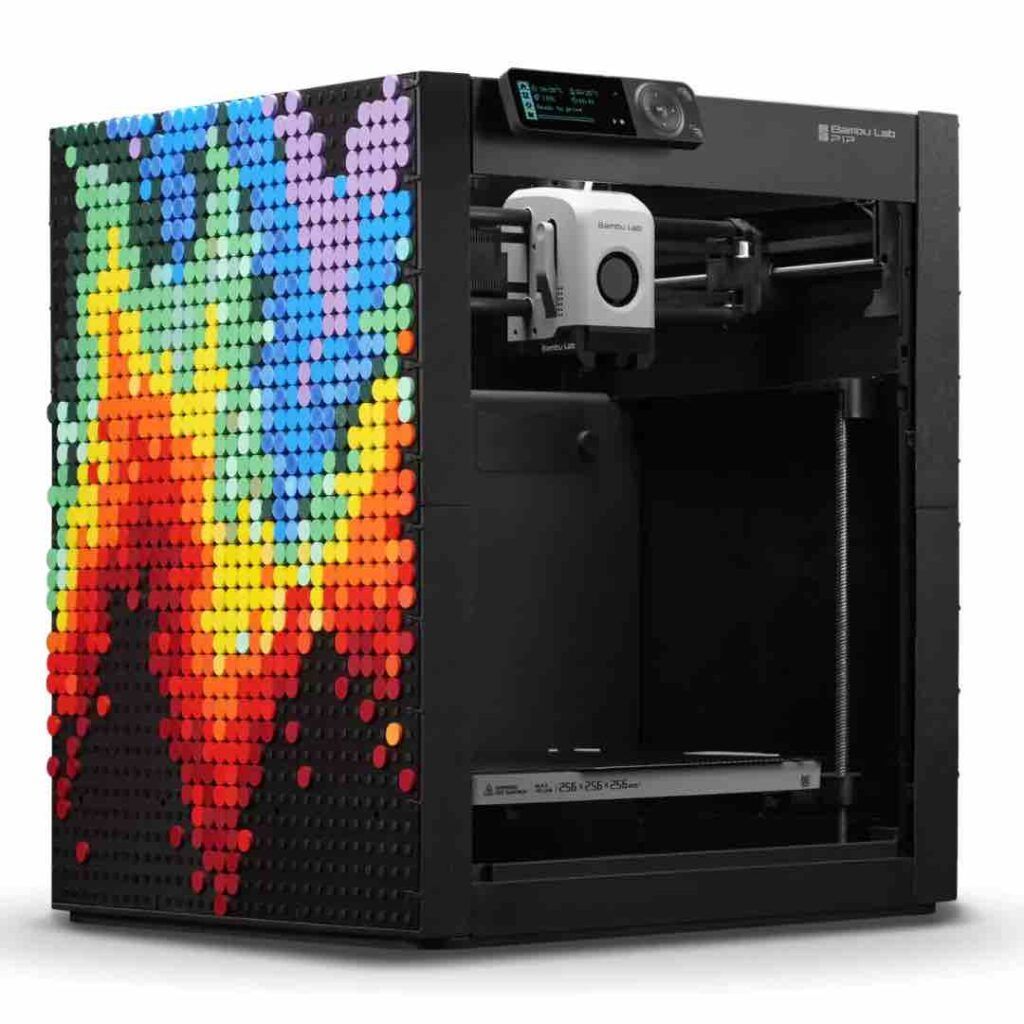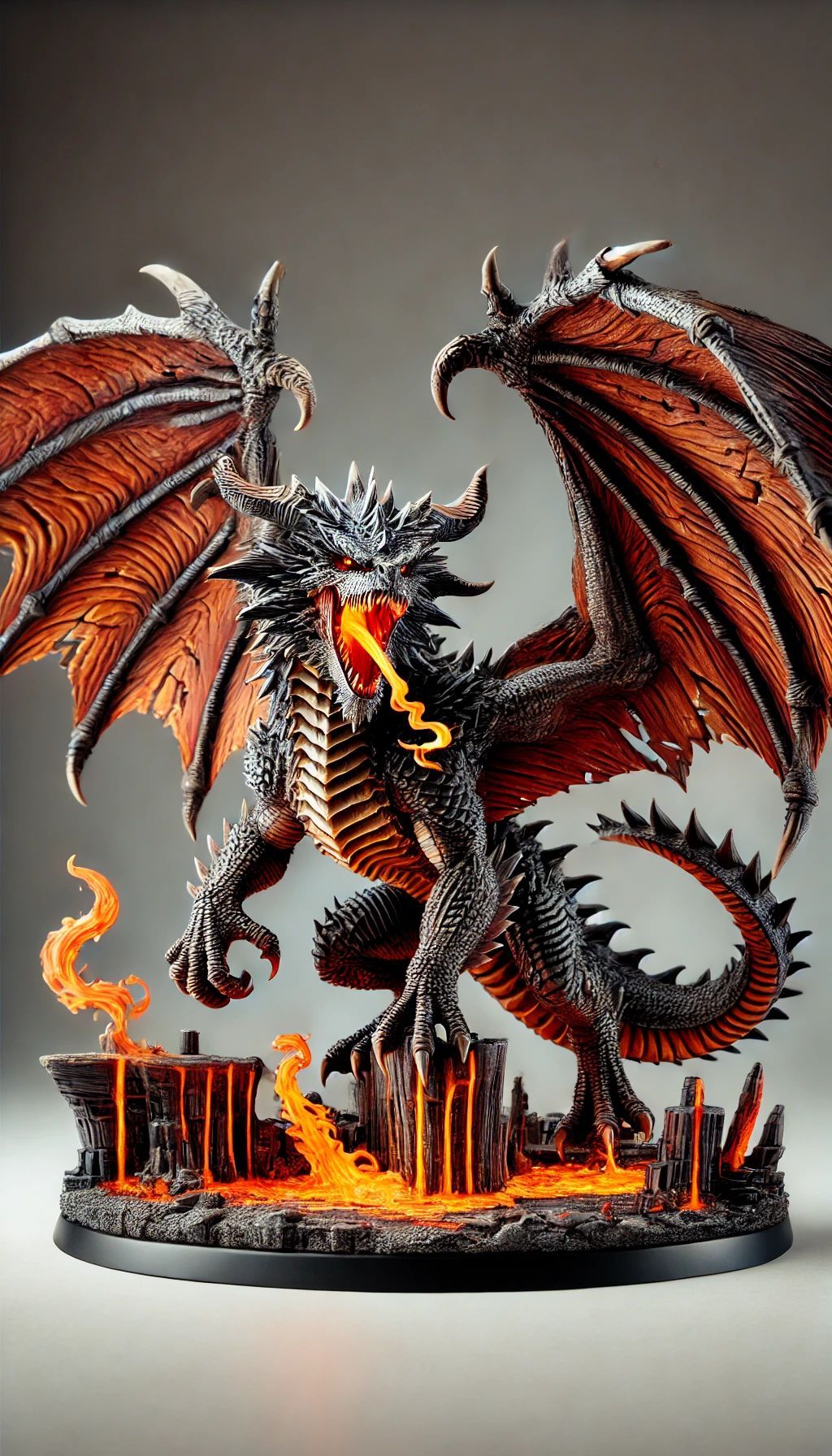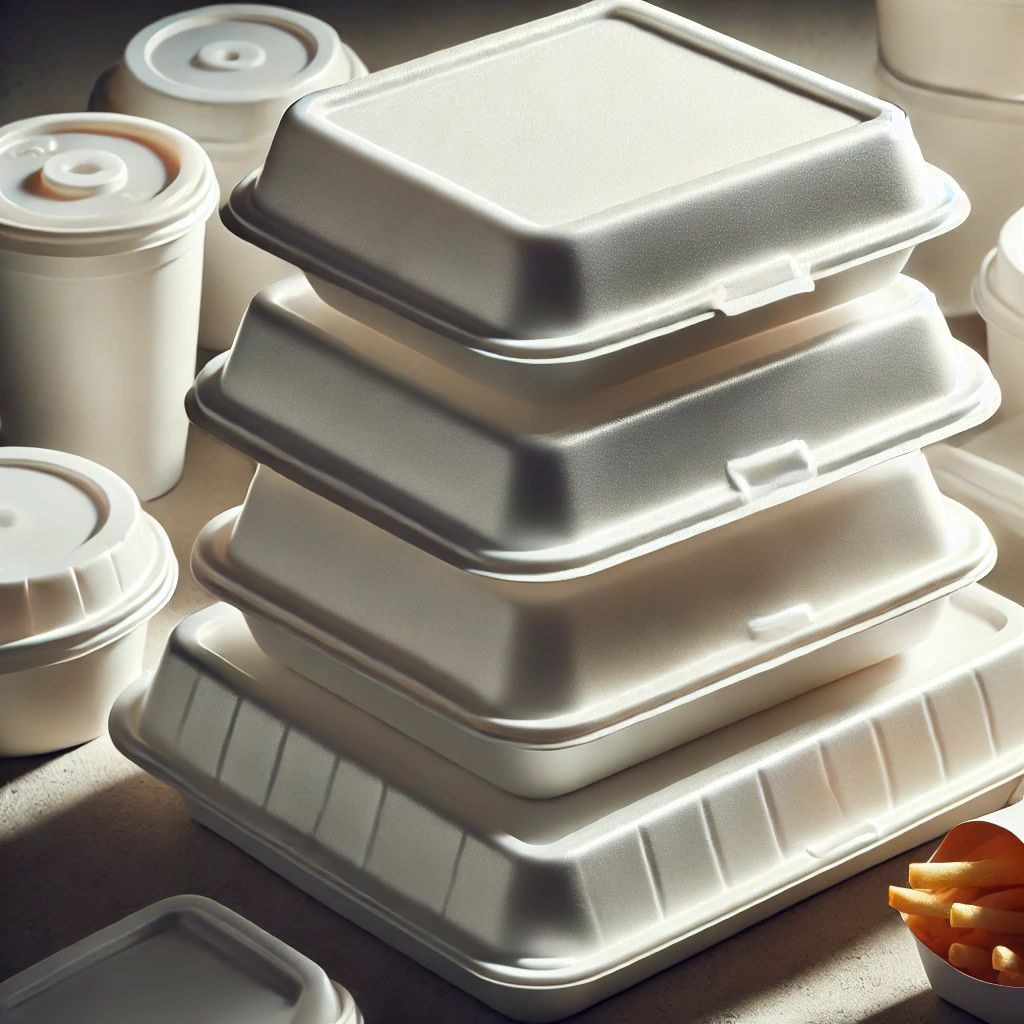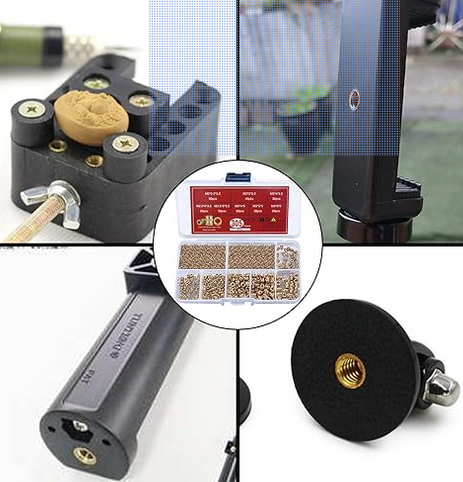Polycarbonates
When to use this material:
- For parts seeing high temperature, impact or mechanical stress
- In demanding mechanical or thermal environments (structural, engine bay, guards)
- When you accept more challenging printing (higher temperatures, adhesion control)
Mini case study:
We printed a structural duct that ran near a hot motor in polycarbonate. It stayed rigid, held shape, and verified design before we made a metal version.
SOME INFOMATION ABOUT THE MATERIAL
Polycarbonate, better known by its acronym PC, is a material that has been used in a wide range of professional applications for its impact resistance and transparency. It is a lightweight yet strong thermoplastic, making it an ideal choice for many industries.
In the 3D printing market, PC is prized for its ability to produce strong and durable parts that are also clear. This makes it perfect for applications where strength and optical clarity are both important, such as in medical devices or eyewear.
PC is also widely used in the electronics industry, as it can insulate against electricity and resist high temperatures. This makes it ideal for use in electronic enclosures and circuit boards.
In the automotive industry, PC is used in a variety of applications due to its strength and durability. It is often used in the manufacture of car bumpers, as well as in dashboard components and other interior parts.
PC is also popular in the construction industry, where it is used in a variety of products due to its high impact resistance. It is commonly used in the manufacture of windows, as well as in bullet-resistant glass.
Overall, PC is a versatile material that has a wide range of uses in many different industries. Its properties make it an ideal choice for many applications where strength, durability, and transparency are important First developed in the early 1900s, polycarbonate has since been used in a variety of industries, from construction and engineering to automotive and aerospace. In recent years, the material has gained popularity in the world of 3D printing, thanks to its many benefits.
For example, polycarbonate is one of the strongest 3D printing materials available, making it ideal for applications that require high durability. It is also one of the most transparent plastics, allowing for clear and precise prints. And because it is lightweight, polycarbonate is often used for prints that need to be strong but lightweight, such as parts for drones or other aircraft.
In addition to its many practical applications, polycarbonate is also known for its aesthetic appeal. The material can be printed in a variety of colors, including clear, making it a popular choice for prints that need to be both strong and stylish.
If you're looking for a strong, durable, and stylish 3D printing material, polycarbonate is a great option. Thanks to its many benefits, polycarbonate is quickly becoming one of the most popular materials in the 3D printing world.

